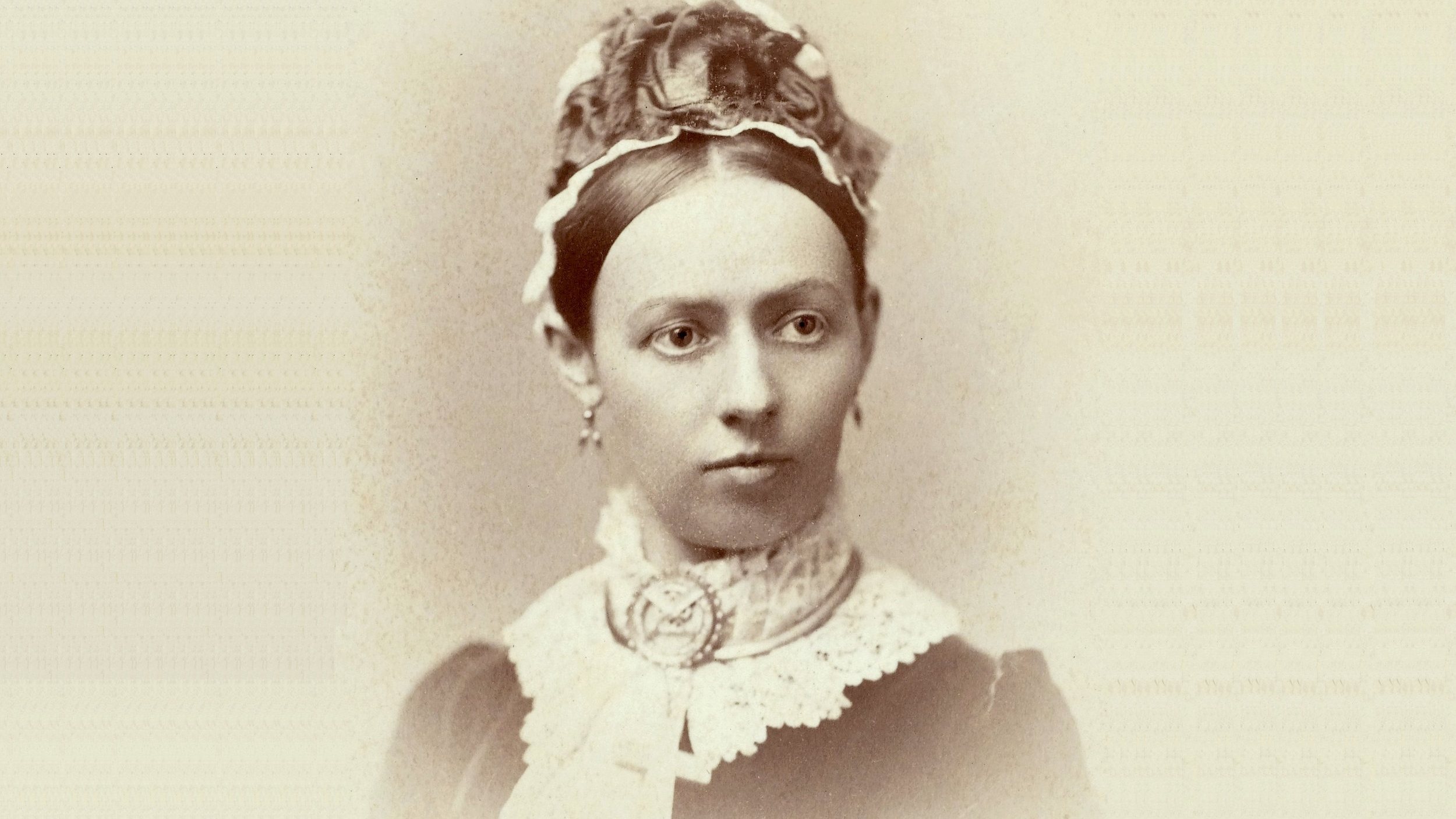PAST PRESENCE
The life and times of pioneering physician Mary Scharlieb (1845-1930)
Words: Sasha Garwood
Mary Dacomb Bird was born in Bethnal Green in 1845, the daughter of dyer William Chandler Bird and his wife Mary Dacomb. Mary’s mother died 10 days after her birth, and she was raised by her fiercely evangelical grandparents. Aged 19, she met promising young barrister William Scharlieb, who was about to embark on a legal career in India. Mary’s father opposed the match, but Mary prevailed, and the young couple married before leaving for Madras.
At first Mary was kept busy with the traditional ‘infants and interiors’ preoccupations of the Victorian woman, but she also helped her husband to review books. Soon, the convergence of Sir Joseph Fayrer’s Medical Jurispridence and her exposure to the suffering of Indian women whose beliefs barred male doctors from attending to them convinced her that qualifying as a medical practitioner was essential. She enrolled in the Madras Medical College where, after three years, she qualified in surgery, medicine and midwifery. But her studies took their toll on her health, and in 1878 she and the children sailed back to England.
Mary came equipped with letters of introduction to Dr Elizabeth Garrett Anderson, Florence Nightingale, Sir Henry Acland and others. Garrett Anderson, that other pioneering female physician, gave Mary scant encouragement, unimpressed by her frail form, but nevertheless accepted her into her medical school. After graduating in 1882, at the age of 37, Mary promptly went to Vienna to study operative midwifery, before returning to England, this time with her husband in tow.
Queen Victoria
Upon their arrival, the Scharliebs were summoned to meet Queen Victoria, who was fascinated by Mary’s detailed descriptions of women’s health in India. She gave Mary a message for her future patients: “Tell them that their Queen sympathises with them, and how glad she is that they should have medical women to help them in their hour of need.”
Mary returned to India, where she was instrumental in setting up a hospital for women. After four years of a punishing schedule, her health was sufficiently fragile that she was forced to head once more to London, supposedly to die. Here, she established a private practice, and in 1887 took the house at 149 Harley Street that would become her base for 40 years. She was appointed physician at Garrett Anderson’s Hospital for Women, and taught privately in her limited spare time. Her husband’s death in 1891 didn’t slow her down: in 1902, she became gynaecologist to the Royal Free Hospital and chair of gynaecology and midwifery in its medical school.
In 1908, Mary retired from medicine to spend more time speaking, writing, teaching and working on various commissions and committees. In 1920, she became one of the UK’s first female magistrates and despite her age—75 at this point—threw herself into this new responsibility with gusto.
Determinedly seeking to heal
In 1928, she was made a Dame of the British Empire. In 1930 she finally succumbed to her failing health. Her funeral was attended by generations of medical students and patients—perhaps the greatest tribute to a woman who spent so much of her life determinedly seeking to heal.

